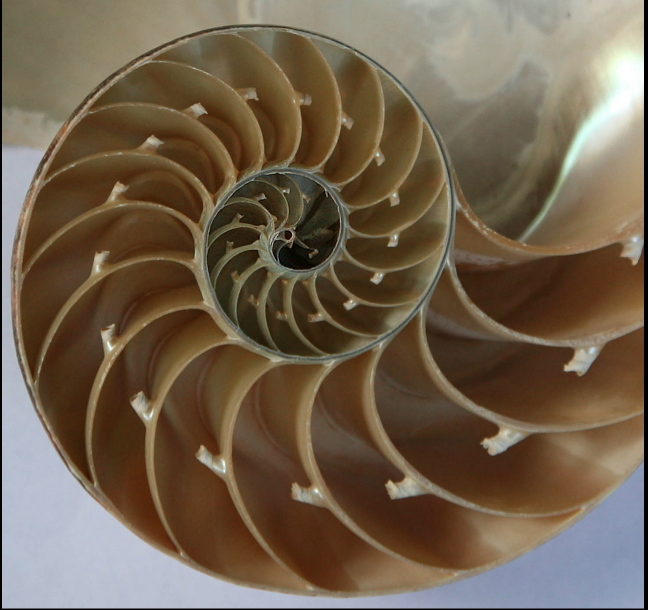As with most things, in education there are cycles. There are trends that come and go, and there are patterns that seem to be unshakable/immovable, and then a wave (fairly predictably arriving on the shore) of The Next Greatest Thing about every 4 years or so. I’ve been at this game almost a quarter of a century, and I’ve seen first hand these trends come and go. I’ve seen some go and stay gone, and I’ve seen some come and stay. But this is about the ones that keep coming back.
If I consider Public Education since 1970 (when I started Kindergarten with Mrs. Russel), I can list a number of things we have let go of– including corporal punishment (AKA The Strap), a “kids will be kids” approach to bullying, and resistance to sexual health/abuse prevention education that has sparked increasingly open and accepting policies around LBGTQ2 and different sorts of families. (Judging by that last run-on sentence you may ask if they stopped teaching grammar and punctuation, but no, that’s just me).
Recently, we have begun to discuss the learning fractal. It pops up in meetings and powerpoint presentations and is often illustrated with a Fibonacci spiral of a seed pod or sea shell. 
Here is the important bit. If you consider the very core of the spiral, it is very small and refined. As it grows outward, more complexity is added, but the structure remains connected, integrated, each new bit dependent on what came before it, each old bit honoured in the repetition of the pattern it started. If I think of our system as an outgrowing spiral, I am much happier about revisiting that which seems familiar, but in a new light. I can think of assessment practices, math programs, teaching styles, learning intervention programs — many considered “ahead of their time”– that cycle around in familiar but redesigned forms, and sometimes are “just in time”, sometimes are sent back out into the spiral.
There is another, very relevant part to all of this. The Learning Fractal is not, for example, a simple spiral of inquiry, say. Rather, it is the system itself that pushes out and forces growth, most especially our learners, and MOST most especially, and I can say this, being on my 3rd generation of learners (almost)…. the kids that walked into Mrs. Russel’s Kindergarten with me are not the same kids walking in to, say, Ms. Ellis’s room today. Not better learners, not worse learners, just different, with different needs, challenges and backgrounds. Kids growing up in the 21st century. And their kids (soon enough), and we can’t meet them where they are if we bring our old tools and attitudes. When I hear “We tried that once, it didn’t work”, I want to reframe it: “Was it a good idea? Maybe it’s time to try it again?” . We all agree there is no point in re-inventing the wheel. That’s the beauty of the learning fractal… it reinvents itself as it grows ever-outward, staying connected to the past, spiraling out to face a future that is coming at it from all directions.